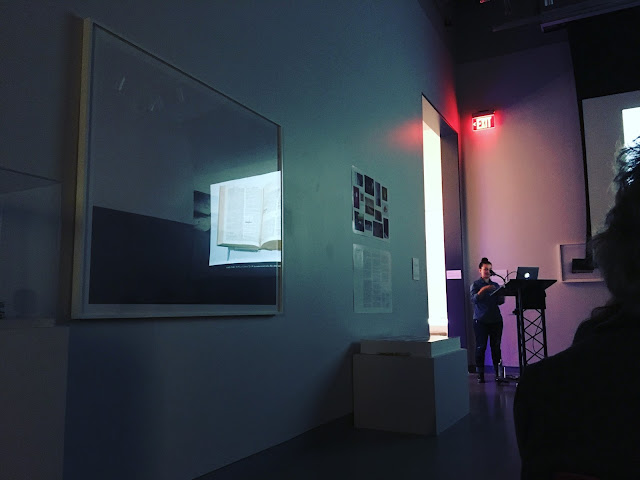 |
| When I can't laugh I can't write (2015) chalk on blackboard paint |
 |
| X Y Z (2016) Salvaged school desks, metal |
installation piece made of three school desks, cut and reassembled to create objects that resemble paper airplanes. It's interesting Lehulere titled the piece X Y Z- the last three letters of the English alphabet- instead of ABC, because ABC is so commonly associated with schooling. Maybe this is a nod to the end of a time in Lehulere's life where school is the focus of his time.
 |
| One is too many, a thousand will never be enough (2016) |
During an interview about his exhibit, Lehulere stated “My caution is, always, what kind of story does one tell outside the country? You have CNN and the BBC saturated with images of poverty and violence. They want the flames — Africa burning again. But there is peaceful, intellectual protest, too.”
Maybe Lehulere's goal throughout In All My Wildest Dreams is creating the intellectually themed environment to talk about Africa- about apartheid, protest, poverty. Real issues that affect Lehulere on a personal level.
 |
| Broken Light (Feya Faku) (2016) Chalk and paint on wall-mounted blackboard |
Lehulere's work similarly reminds me of Felix Gonzales-Torres, with his work straying from the literal and instead focusing on the viewer's interpretation and interaction with the overarching theme the work revolves around. For Gonzales-Torres, this was the AIDS crisis, and how it personally affecting him and his partner. For Lehulere, this is Apartheid, and how this affected his home life having biracial parents.
 |
| View of main gallery room |
Overall, Lehulere's exhibit was very engaging of all the senses. From his piece "One is too many, a thousand will never be enough" which consisted of a robotic parrot repeating letters and numbers, to his video of a cigarette endlessly burning, to his drawings of sign language and musical notes, viewers are consistently engaged and involved in Lehulere's work, which is what makes his show so successful.













